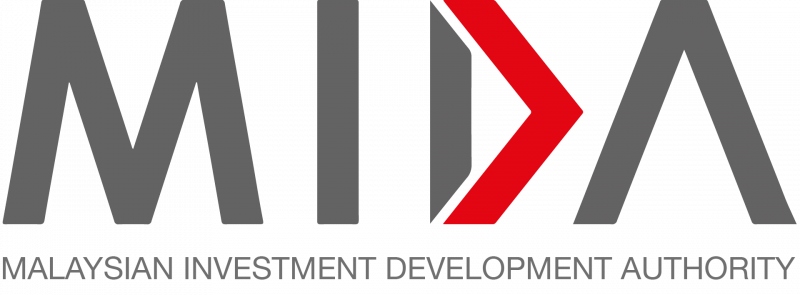The Ministry of Investment, Trade, and Industry (MITI) aims to raise awareness about the abundance of job opportunities in high-skilled sectors.
Its Minister Tengku Datuk Seri Zafrul Tengku Abdul Aziz said he had visited several industrial plants in Penang and observed positive developments, particularly in the electrical and electronics (E&E) sector.
“The E&E sector is one of the focal points under the new industrial plan or National Semiconductor Strategy (NSS) recently launched. Penang is well-known as the country’s semiconductor hub.
“Alhamdulillah, we have learned about the progress and success of companies in Penang, especially our local companies in the E&E and semiconductor fields.
“These companies are also active, particularly in terms of talent development, focusing on students from Technical and Vocational Education and Training (TVET) programmes and emphasising the importance of STEM. There are significant opportunities and demand for skilled professionals,” he said.
He made these remarks after visiting semiconductor industry plants in Penang today.
Tengku Zafrul also visited several plants, including Motorola Solutions, Abbott Medical Devices, Pentamaster, and UWC Technology in the state.
He added that the government aims to train 60,000 highly-skilled local engineers in the semiconductor industry, as previously announced by Prime Minister Datuk Seri Anwar Ibrahim.
Previously, Tengku Zafrul said shortage of the right skill workforce particularly in the engineering profession is the most challenging talent issue for Malaysia.
He emphasised on the importance of talent management as Malaysia is positioned well to ride on the current global trend.
Source: NST
‘Abundance of job opportunities in high-skilled sectors’, says Zafrul
Content Type:
Duration:



